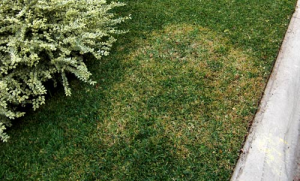
There are many turf diseases that can become a problem in your lawn during the course of a growing season. All Green Lawn and Tree Care Inc. can help you out with any of these problems that may arise. Give us a call today and ask about our disease control programs!
Berks County Turf Disease Information
Turf diseases can be serious when weather and/or lawn management favor disease development. Plant diseases, including the common lawn diseases develop when several conditions occur simultaneously and persist. Fungi, the most common cause of lawn diseases, are microscopic, thread-like organisms that spread by means of air- or water-borne spores. The spores function like seeds, producing new infections whenever the environment is favorable for a period of time and the host is susceptible. Disease develops when the pathogen (fungus) is present on a susceptible host (bluegrass) in a favorable environment (temperature, moisture/water, light, nutrients, and stress factors).
Lawn diseases are not always easy to diagnose. Some key factors and symptoms to help recognize disease include: size and shape of dead and dying plants, specific spots on leaves, quality of root system, leaf color and growth characteristics, time of year, and temperature when disease developed. When diagnosing a lawn disease it is helpful to have a record of treatments such as fertilizer, herbicides, mowing height and frequency, watering frequency and amounts.
Turf diseases can ruin a lawn’s appearance. However, good turf management practices usually are adequate to prevent serious damage. Integrated cultural practices for turf management and pest control will limit the need for fungicides. Disease development often is associated with the lack of proper application of these turf management practices: 1) selection and planting of an adapted grass variety, 2) sufficient water at the correct time, 3) timely fertilization with the right amounts and balanced nutrients, 4) regular mowing at the recommended height, 5) provision for adequate sunlight and air movement, 6) maintenance of good soil aeration and drainage, and 7) thatch management.
Berks County Grass Diseases
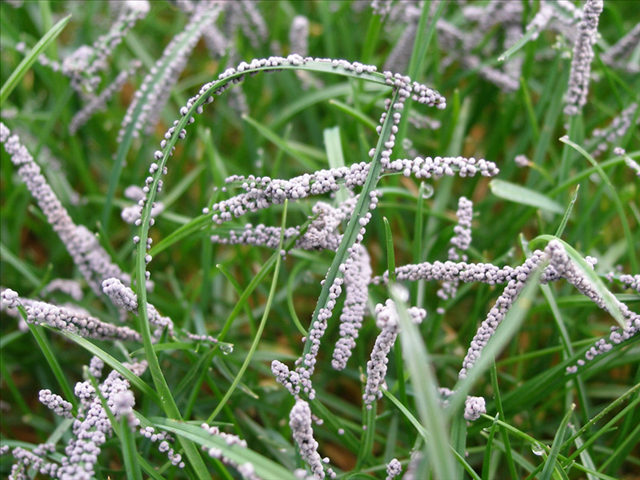

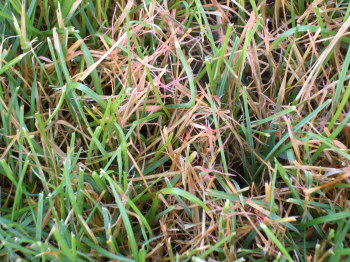
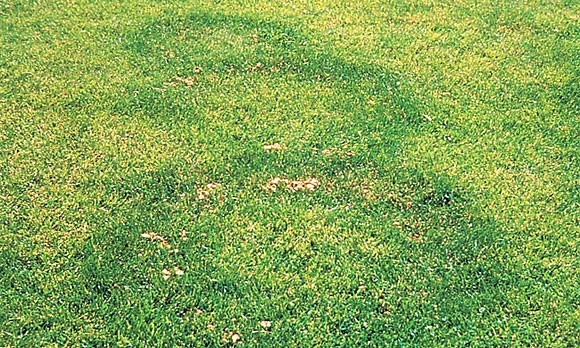
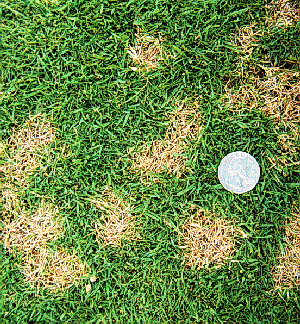
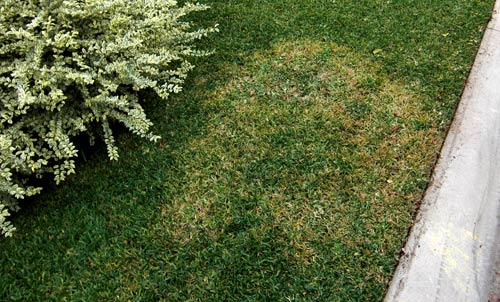
Credits
H. Arthur Lamey, Extension Plant Pathologist, North Dakota State University
Cynthia L. Ash, Assistant Extension Specialist, University of Minnesota
Ward C. Stienstra, Extension Plant Pathologist, University of Minnesota




